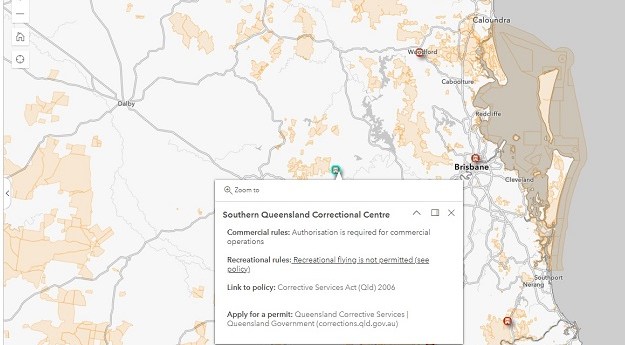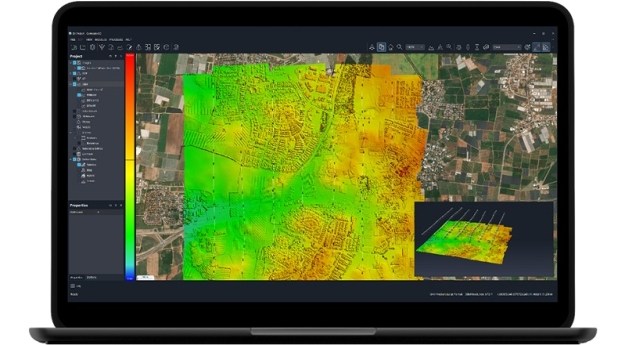
Hovermap LiDAR mapping and autonomy payload fitted to a UAV for underground mine mapping. Image provided by Data61.
CSIRO’s Data61 will field a team to compete in the US Defense Advanced Research Projects Agency (DARPA)’s Subterranean Challenge competition, which seeks new approaches to rapidly map, navigate, and search underground environments.
Data61’s robotics and autonomous systems group will be entering a 30-strong team, which will be one of seven competing for $US 4.5 million in funding across the three-year challenge.
The team’s entry will comprise a technology mix of LiDAR scanners mounted on legged robots, and on UAVs which can fly autonomously in GPS-denied environments, CSIRO’s Hovermap technology, which completed the first autonomous beyond-visual-line-of-sight flight in an underground mine in Western Australia last year.
Fred Pauling, robotics and autonomous systems group leader, said that the robotics and network technology can help human first responders in understanding and exploring hazardous underground environments.
“We’re pairing our ultralight legged robots with our Hovermap GPS-denied drone autonomy technology, to create a robot team that can rapidly explore and map challenging underground environments, providing unprecedented situational awareness in time-critical scenarios such as disaster response,” he said.
“We’re honoured to be competing in DARPA’s SubT Challenge, drawing on decades of experience in developing robots, sensing and communications systems for challenging environments like underground mines, and caves.”
Data61’s Subterranean Challenge team also comprises students from QUT and the University of Queensland as well as two funded partners, including the Georgia Institute of Technology, led by renowned robo-ethicist, Professor Ron Arkin.
Stay up to date by getting stories like this delivered to your mailbox.
Sign up to receive our free weekly Spatial Source newsletter.












